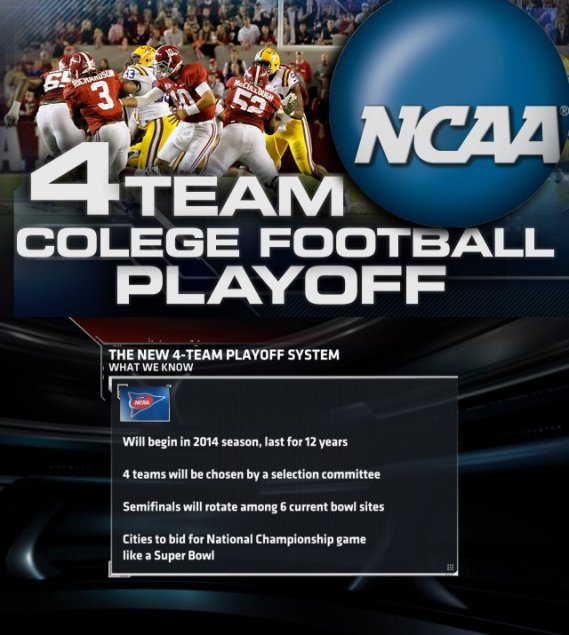 Since most recruiters and hiring managers receive far more resumes than they have time to review carefully, they’re forced to find shortcuts that will allow them to quickly sort resumes into Yes, Maybe and No piles.
Since most recruiters and hiring managers receive far more resumes than they have time to review carefully, they’re forced to find shortcuts that will allow them to quickly sort resumes into Yes, Maybe and No piles.
There are lots of ways to get into the Yes pile — customizing your resume, using strong verbs, giving concrete examples of past accomplishments and showing your value, for example.
But there are also many ways to get your resume immediately consigned to the No pile. One way is to use the wrong words or phrases — often, empty clichés, annoying jargon or recycled buzzwords. In a recent article, “10 Words and Terms That Ruin a Resume,” we highlighted some of the worst offenders. That article really got people talking, so we asked some recruiting experts to share more of these detestable resume terms:
1. “Job Duties”
Heather Huhman, career expert and founder of content marketing and digital PR consultancy Come Recommended, says the term “job duties” is not convincing on a resume.
“List job duties under each position at your own risk,” she says. “Instead, focus on your accomplishments. Ideally, you should be able to use the S-A-R method: Situation, Action, Results. Include up to three bullets per position, and as [few] as one.”
Keep in mind that your job duties are something that happened to you, not something you achieved — and your resume should tell a story of achievement.
2. “Related Coursework”
“Unless you’re applying for your very first internship, remove your related coursework,” Huhman says. All your relevant education definitely belongs on your resume, but a separate section for “related coursework” isn’t necessary. Your resume needs a laser-sharp focus. If you’re struggling to show how a class is relevant to the job you’re applying for, consider removing it.
3. “Proven Ability”
HR manager Jen Strobel views this phrase as just resume filler. “The ability was proven by whom? How is the ability proven? How does this ability compare to those which are not proven?” she asks.
So use your resume to prove your ability by giving specific examples of your career achievements.
4. “Married with Children”
Delmar Johnson, an HR professional with 20 years of experience and founder of HR services firm HR Brain for Hire, says personal information doesn’t belong on a resume. “That’s great you have a family and you’re proud [of it],” she says. “[But] your goal is to reflect a level of professionalism that demonstrates your knowledge, your skills and abilities that are applicable to the job to which you are applying.”
5. “Transferable Skills”
When executive recruiter and career counselor Bruce Hurwitz sees these words, he takes them to mean “I’m not qualified, but do me a favor.” He says the terms “skills” or “skill set” are fine to use, but the word “transferable” has negative connotations.
And this is a great example of why it’s important to show, not tell. Don’t tell a recruiter that you have transferable skills. Show how the skills you have are relevant to the job.
6. “Results-oriented”
Cousin to the term “hard worker,” this is something anyone can say about himself. And as Stacey Hawley, career specialist and founder of career consultancy Credo, points out, that you’ll work toward results “is assumed.” There’s no need to use your resume to tell people things they already know.
7. “Utilized My Skills”
“Who else’s skills would we be using?” Hawley asks.
Stuffy, overly formal language on resumes is out. It’s wiser nowadays to use direct language. Beware of boilerplate phrases that have lost their meaning and that can be replaced with expressive words that say something specific about you.
8. “Had _____”
Career and etiquette expert Sandra Lamb is a proponent of using strong language on resumes. “’Had’ is an anemic and colorless verb that gives the reader the impression you’re submitting a job description,” says Lamb, author of How to Write It. “Don’t use this to start a bulleted item on your resume; you’ll be better-served by a strong, active verb.”
For example, you might say “Managed three people” instead of “Had three direct reports.”
9. Wacky Email Addresses (and Twitter Handles!)
Recruiting and career expert Abby Kohut of AbsolutelyAbby.com says that inappropriate email addresses like “clubhopper@example.com” or “hotchick@example.com” can send a resume to the bottom of the pile, if not the trash. “It’s not so much the email address as it is [the job seeker’s] judgment that I’m concerned about,” she says.
And the same goes for Twitter: More and more recruiters are researching candidates on social sites, so make sure you have a professional-sounding Twitter handle as well.



